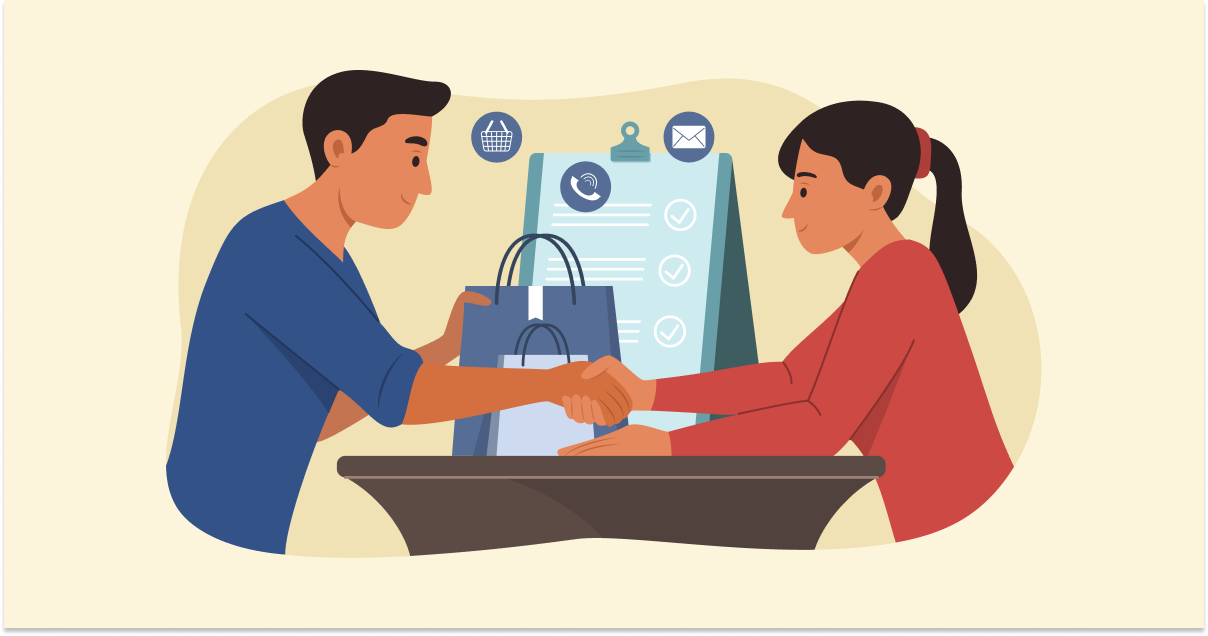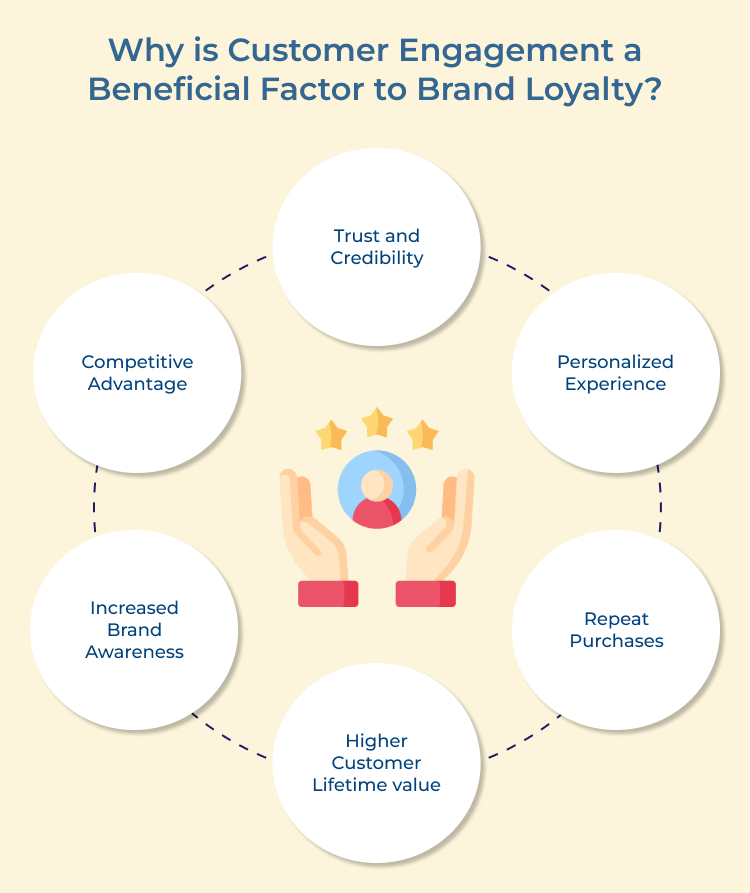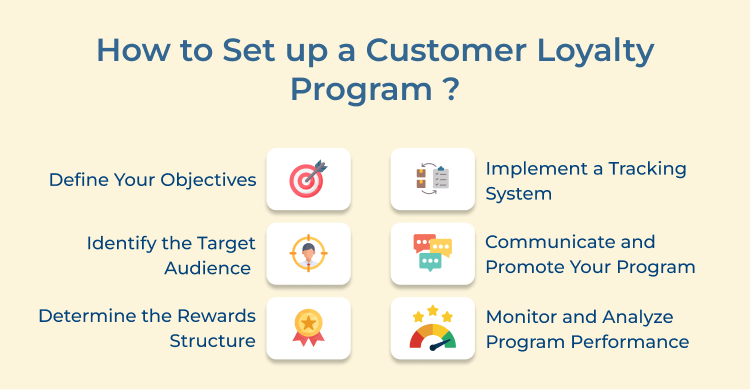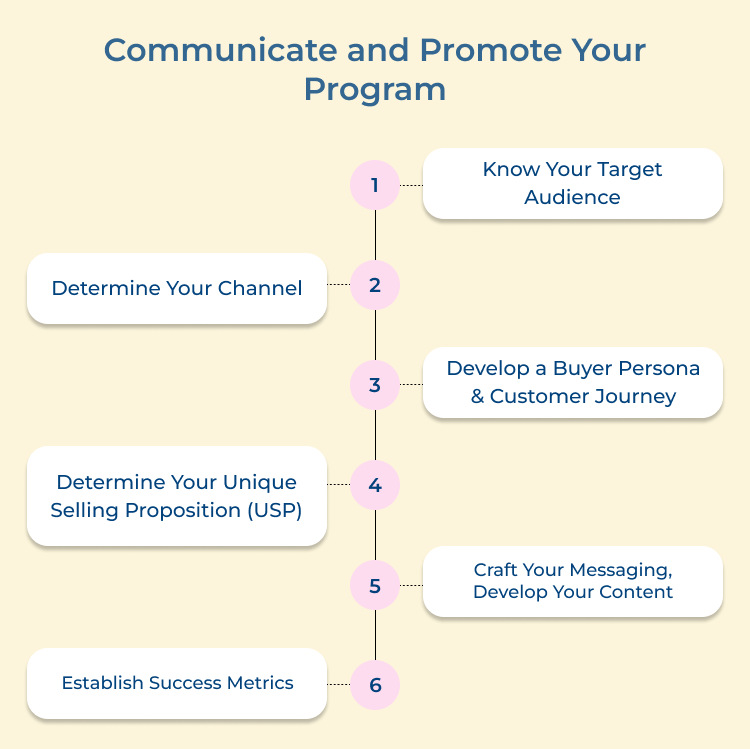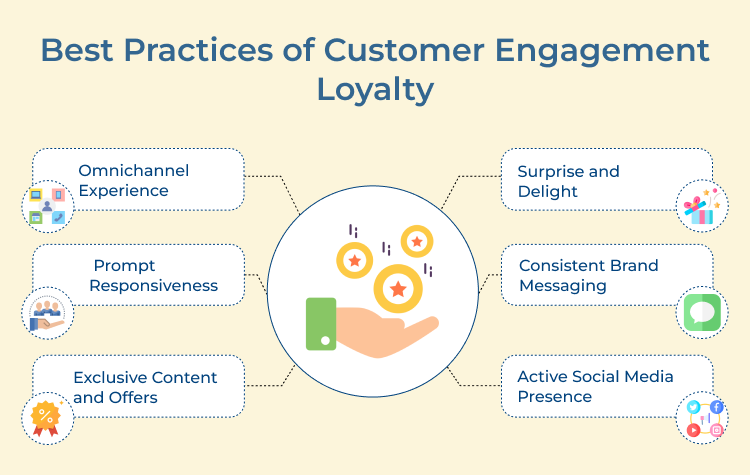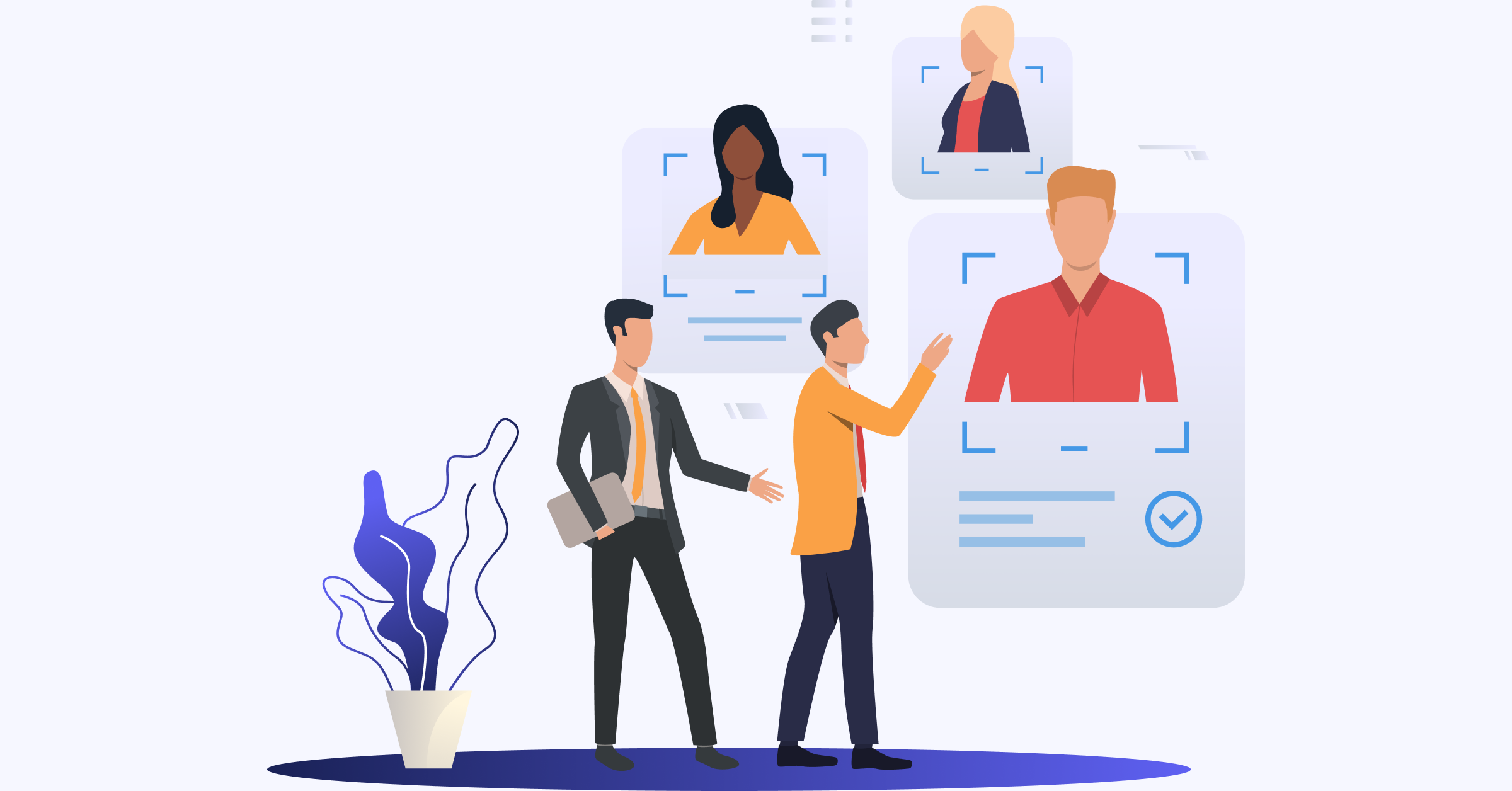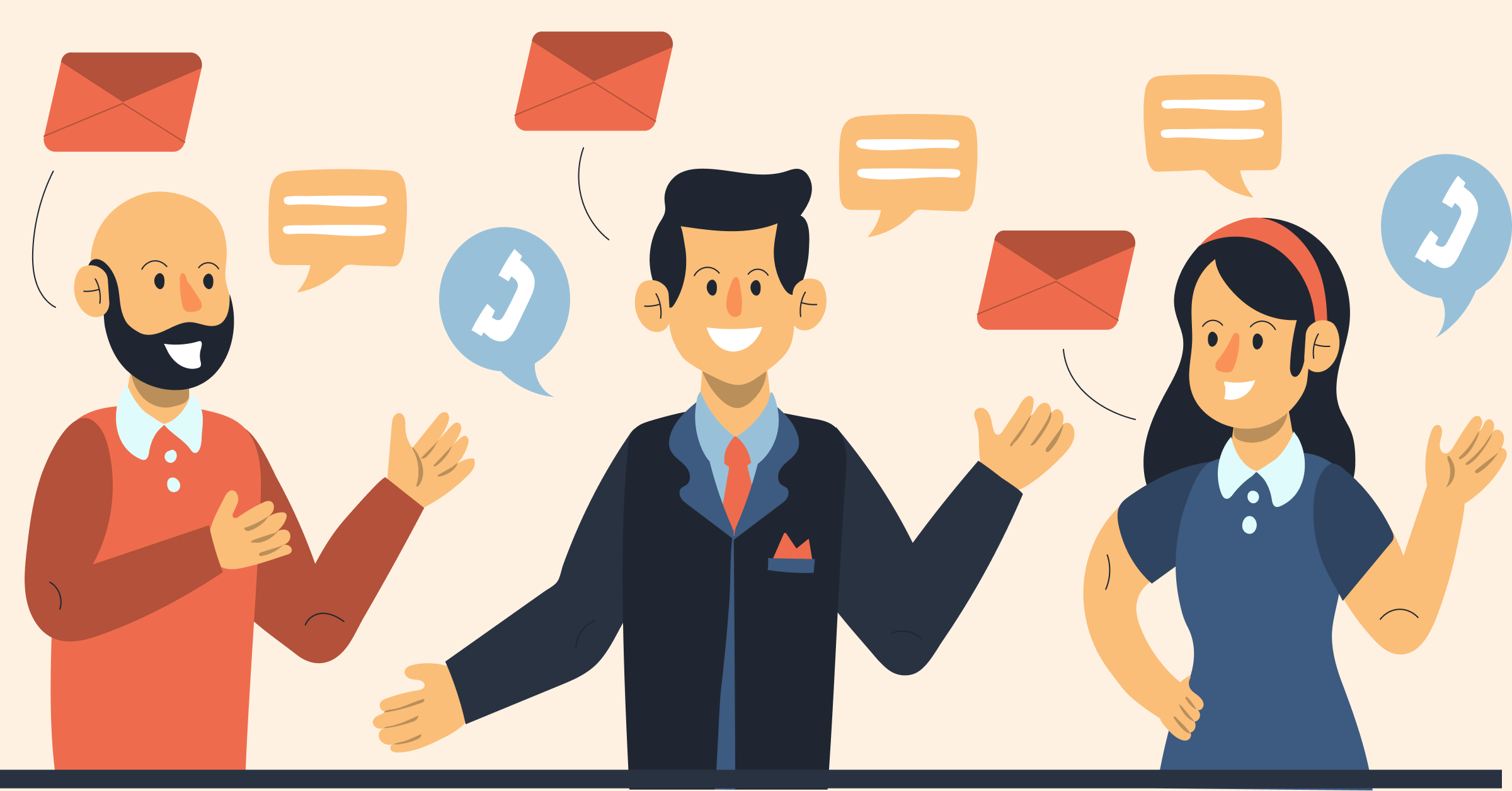1. Behavioral loyalty occurs when customers repeat their purchase behavior over time. They continue to choose a particular brand out of habit, convenience, or satisfaction. Behavioral loyalty can be nurtured by providing excellent customer service, offering rewards programs, or providing personalized experiences.
2. Emotional loyalty is based on the customer’s emotional connection and attachment to a brand. Customers who have an emotional bond with a brand are more likely to remain loyal. To build emotional loyalty, businesses should focus on creating authentic connections, delivering exceptional customer experiences and evoking positive emotions through marketing campaigns as well as brand messaging.
3. Intellectual loyalty is all about the customer’s belief in a brand’s values, mission, or product quality. Customers with intellectual loyalty trust a brand’s expertise and rely on its products. To strengthen intellectual loyalty, businesses should focus on building credibility through thought leadership, providing reliable information, while also showcasing expertise in their industry.
4. Social loyalty is driven by the influence of family, friends and peers. Customers who are socially loyal tend to be brand advocates, recommending products / services to those around them. Social loyalty can be encouraged by implementing referral programs, providing incentives for customer referrals and leveraging social media platforms to engage with customers as well as encourage sharing.
5. Incentivized loyalty involves offering rewards or incentives to customers for their loyalty and engagement. It includes loyalty programs, exclusive discounts, freebies, or special access to events. Incentivized loyalty strategies help businesses retain customers and encourage them to continue engaging with the brand.
6. Value-based loyalty happens when the customers perceive the value they receive from a brand. When customers believe they are getting a good value for their money, they remain loyal. To enhance value-based loyalty, businesses should focus on delivering high-quality products or services, providing competitive pricing and constantly seeking ways to exceed customer expectations.
Level Up Your Customer Service with Customer Engagement Loyalty
Customer service is a critical aspect of any business. It can make or break a company’s success, as it directly impacts customer satisfaction and loyalty. It is not enough to provide good customer service. To truly excel in this area, businesses need to level up their customer service by focusing on customer engagement.
As per my opinion, customer engagement and loyalty cannot be achieved overnight. It requires consistent effort, effective communication, as well as a genuine commitment to providing exceptional customer service. By implementing these strategies, you level up your customer service and cultivate a loyal customer base that advocates for your brand.
